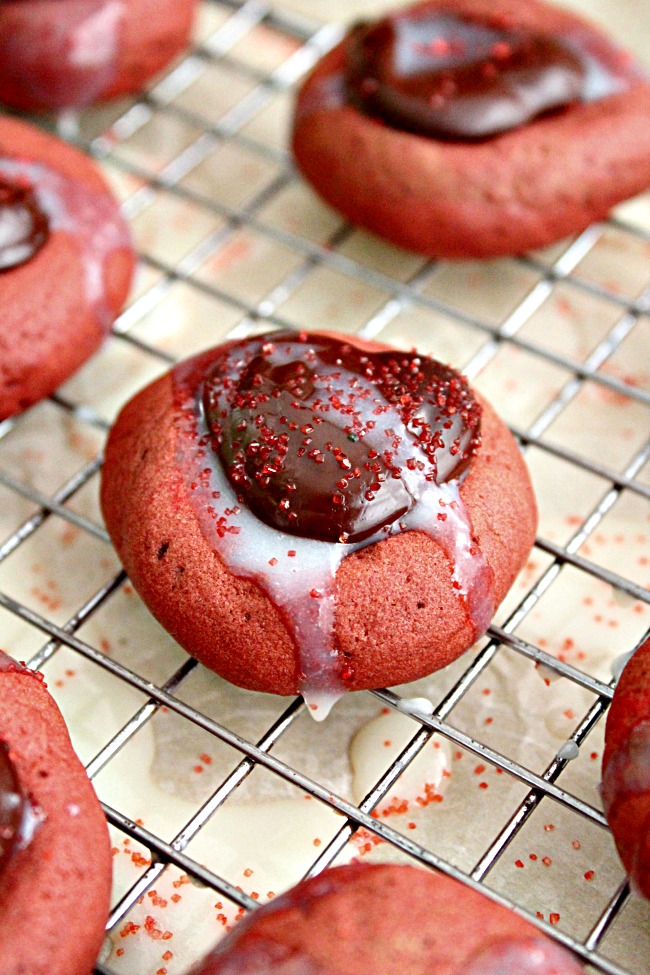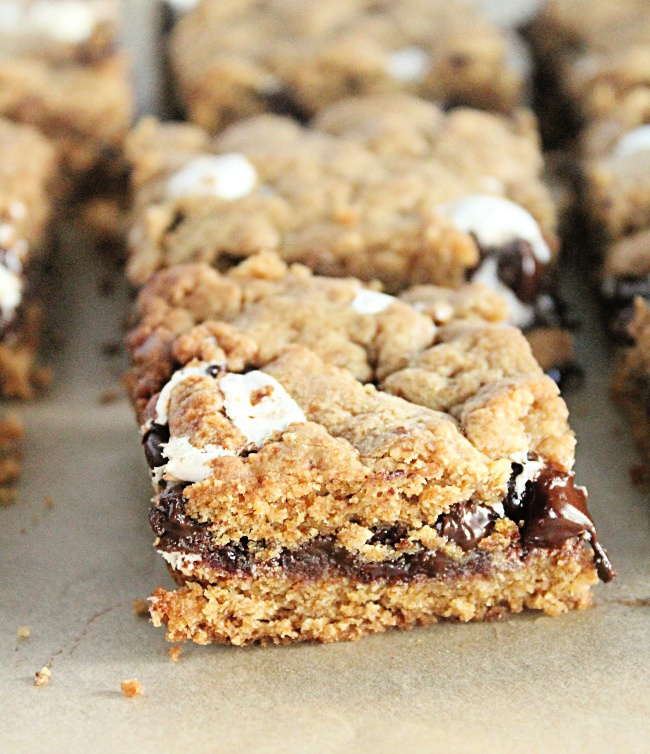15 Childhood Snacks We Loved But Shouldn’t Have

Growing up meant lunchboxes, corner store runs, and treats that tasted like pure joy even when our parents warned us otherwise. From neon-coloured gummies to mystery-flavoured snack cakes, many childhood favourites were engineered to be irresistible: high in sugar, salt, or artificial additives. This piece is a mix of nostalgia and reality check: we remember the tastes fondly while pointing out why these snacks were often poor choices for little bodies and mouths. Read on for 15 beloved treats, quick notes on what made them so tempting, and gentle reminders about healthier alternatives where possible.
1. Candy Necklaces
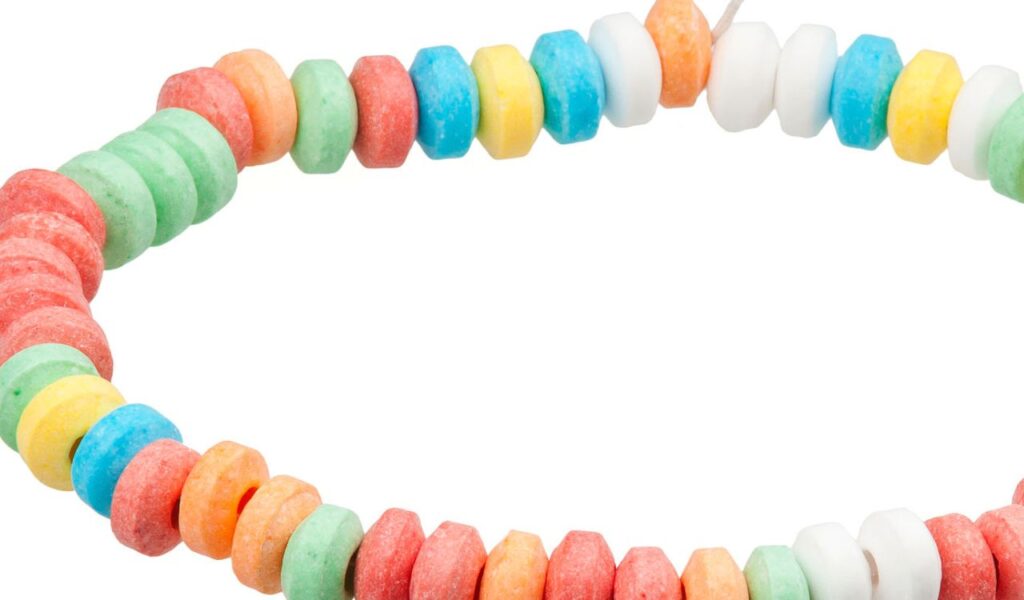
Candy necklaces were wearable treats and playtime accessories rolled into one: a circle of chalky, sugary beads you could nibble as you wore them. Kids loved the novelty and portability, but those tiny compressed sugar beads deliver quick spikes of glucose and often include artificial colors and flavors. Because they are small and attractive, they can be eaten mindlessly and repeatedly. For parents, they were a classic pocket-sized emergency sugar fix and for dentists and nutritionists, a cautionary symbol of concentrated, low-nutrition sweets.
2. Fruit Roll-Ups and Fruit Snacks
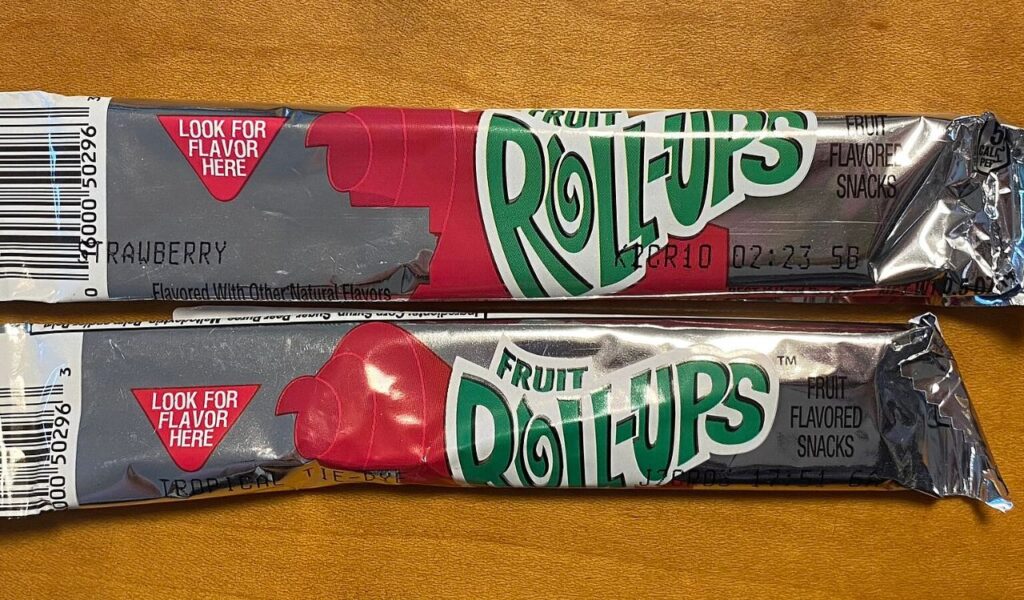
Fruit roll-ups and fruit snacks promised fruit but usually delivered concentrated sugar, corn syrup, and little real fruit content. Their chewy, bright textures and fruity flavors made them a lunchbox staple and a sneaky source of daily sugar. The texture encourages kids to finish a whole packet quickly, and the vivid colors signal artificial dyes. A fruit roll-up might feel healthier than a candy bar, yet nutritionally it is often closer to candy than fresh fruit. Better swaps: real sliced fruit, dried fruit with no added sugar, or homemade fruit leather.
3. Rainbow Candy Beads / Candy Bracelets
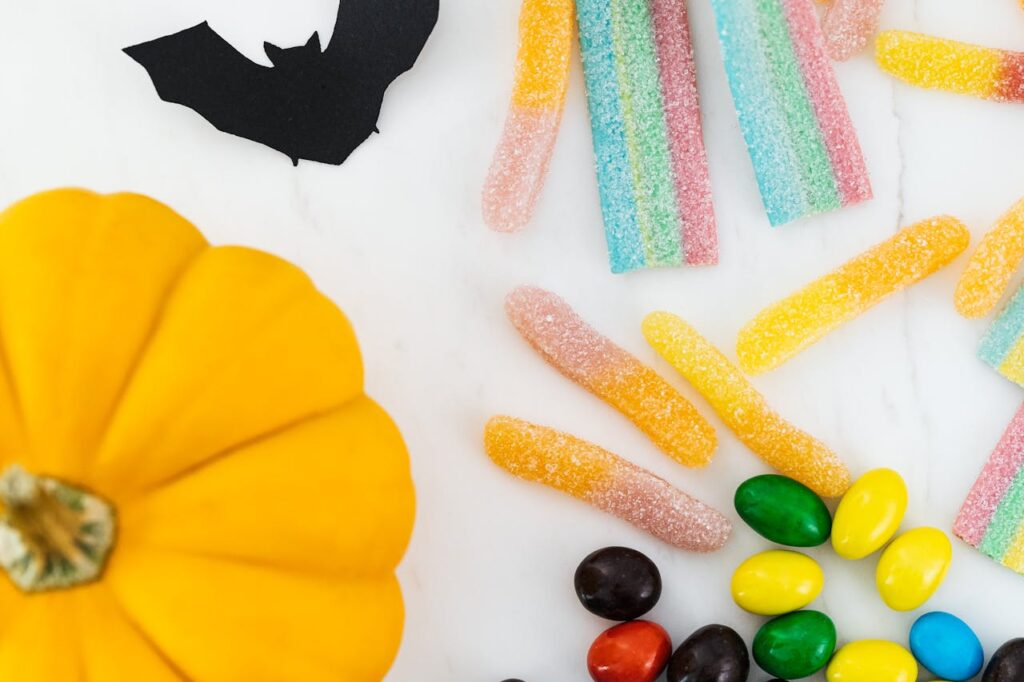
Candy bracelets and bead strings were playful accessories that doubled as snacks, a perfect mix of dress-up and sugar. Each small bead is mostly sugar and coloring; kids often popped them one after another without paying attention to quantity. Their novelty value encouraged prolonged nibbling, increasing total sugar intake. Beyond sugar, the tiny pieces can be a choking hazard for very young children and the bright dyes have been a point of concern for parents. Safer alternatives include snack-size dried fruits or small portions of whole-grain cereal.
4. Powdered Candy (Fun Dip, Pixy Stix)
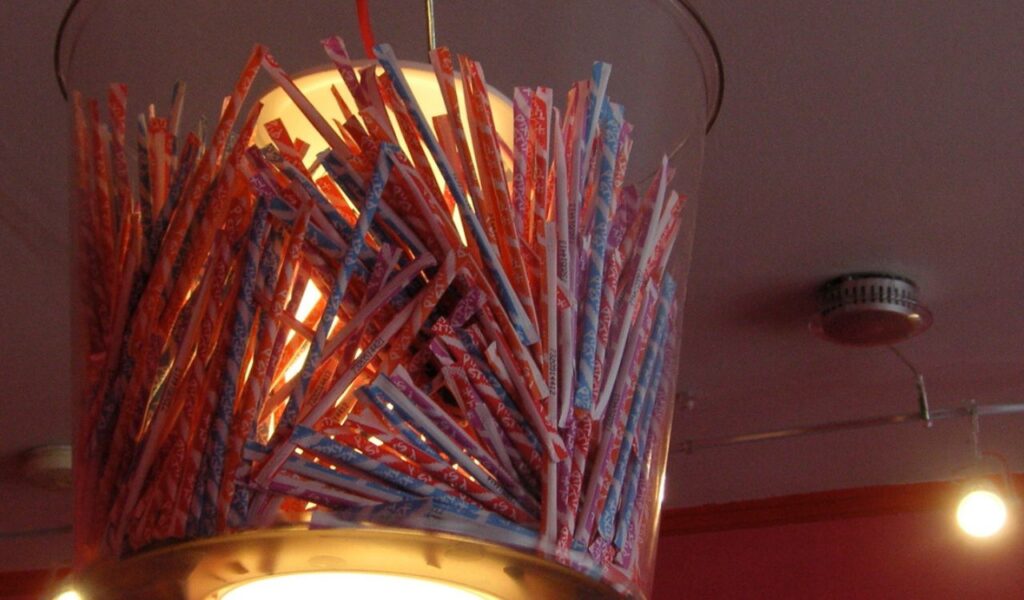
Powdered candy was a sensory experience; bright, tangy dust that you licked or dipped. The instant sweet-and-sour hit made it a party favourite, but it’s basically flavoured sugar in powdered form. Rapid consumption causes blood sugar spikes and offers zero satiety or nutrition, and because it’s fine powder it can coat teeth quickly, raising cavity risk. The intense sour formulations can also irritate young mouths. If you crave the ritual, consider powdered freeze-dried fruit powder mixed into yogurt for a more nutrient-dense version.
5. Artificially-Colored Gummies
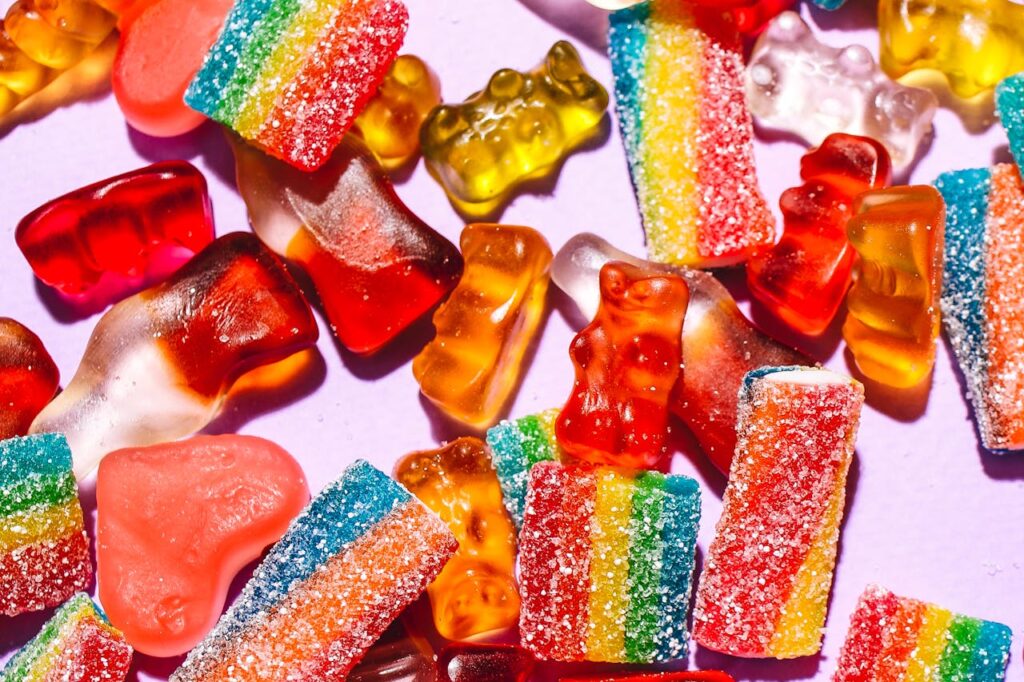
Gummy bears and other neon gummies were pantry staples, with chewy textures and bright colors that screamed “fun.” Unfortunately, most commercial gummies are sugar-heavy and use artificial dyes and flavors to achieve their signature look. The chewy nature can lead kids to swallow many pieces quickly, and the dyes and additives are sometimes linked to behavioral concerns in sensitive children. For a friendlier option, try gummies sweetened with real fruit juice or homemade gelatin snacks using pureed fruit and less sugar.
6. Tiny Snack Cakes (Twinkies-style)
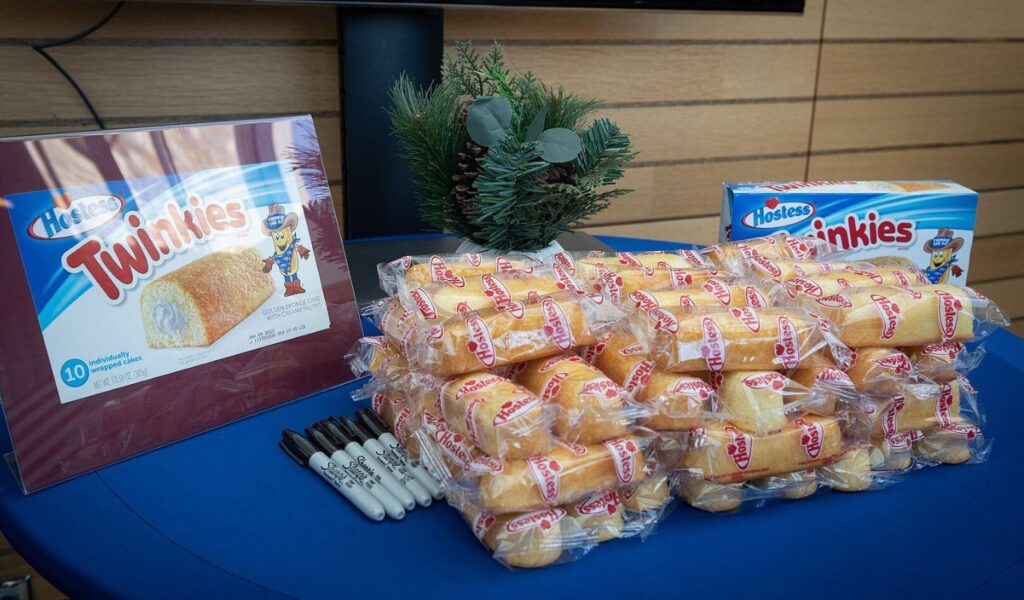
Snack cakes were shelf-stable, individually wrapped, and came in colorful boxes, perfect for school lunches and after-school cravings. These are typically high in refined flour, saturated fats, and added sugars, plus preservatives to extend shelf life. Their convenience hides how little real nutrition they offer. Kids loved them for texture and sweetness; parents loved the convenience. If you want a treat with more substance, consider small homemade cupcakes made with whole-grain flour and real fruit or yogurt-based fillings.
7. Cheese-Flavoured Puffs
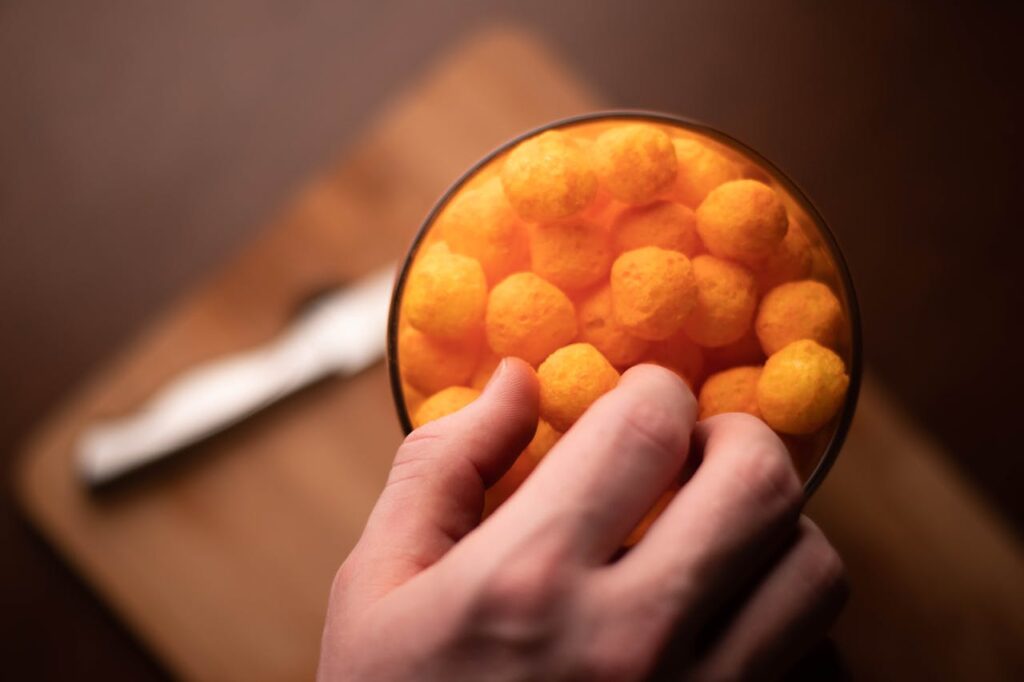
Those bright orange cheese puffs were a crunchy, salty favourite that left fingers glowing with seasoning. While satisfying and fun to eat, many cheese puffs are high in refined carbs, sodium, and artificial flavors and colors. The intense crunchy profile and strong cheesy taste make them easy to overconsume, and they provide little in the way of protein or fiber. For a healthier crunch, baked whole-grain crackers, air-popped popcorn with a light sprinkle of cheese powder, or roasted chickpeas offer more nutrients and longer-lasting fullness.
8. Powdered Donut Holes and Snack Bakery Treats
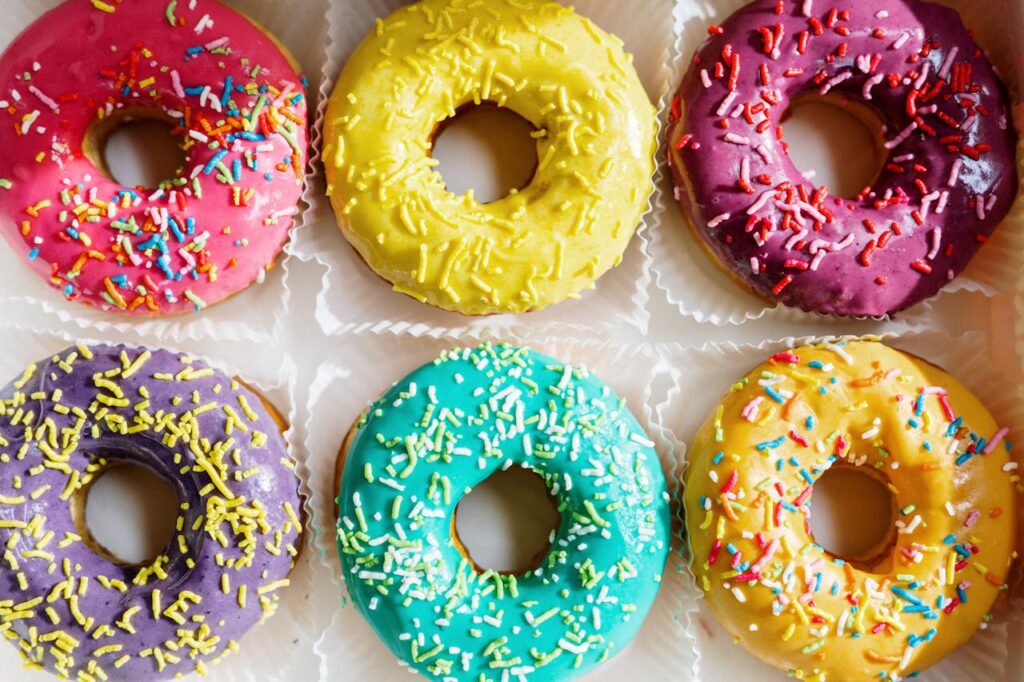
Mini powdered donuts and other bakery snack treats felt like tiny gourmet moments for kids: sugar-dusted, soft, and irresistible. Often made from refined flours, hydrogenated or palm fats, and lots of sugar, these treats were quick sources of calories without vitamins or fiber. Frequent consumption can contribute to poor eating patterns and dental issues. Occasional indulgence is fine, but swapping for small muffins with fruit and whole-grain flours helps keep the ritual while improving nutrition.
9. Artificially Flavoured Fruit Chews (Squeezables)
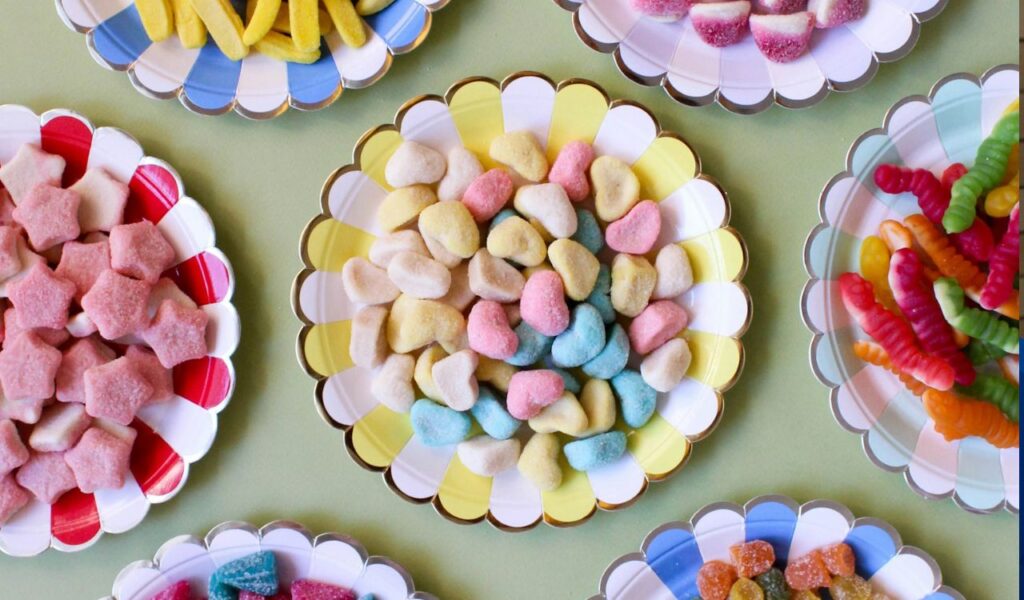
Squeezable fruit chews and similar pouches were marketed as convenient fruit options but often rely on concentrated juices, added sugars, and additives. While marketed as healthy, many contain minimal fiber and no real fruit pieces, which reduces satiety. The pouch format can also encourage finishing the entire serving quickly. A better go-to is whole fruit or a small container of cut fruit with yogurt: more filling, more vitamins, and no hidden added sugars.
10. Bright-Colored Lollipops and Suckers
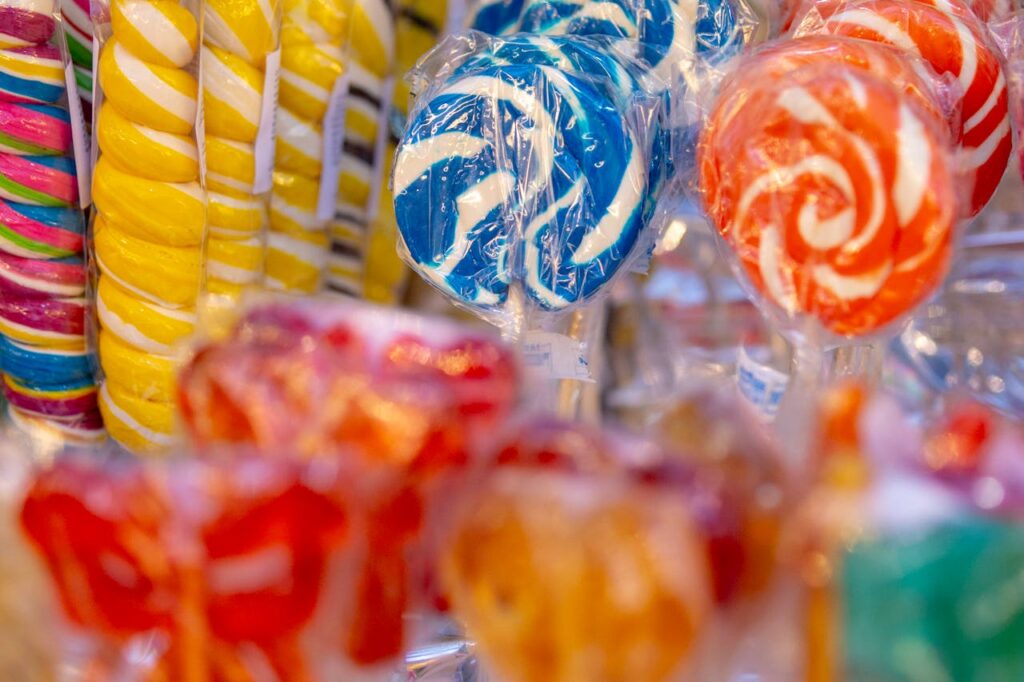
Lollipops and suckers were low-mess, long-lasting treats which made them attractive to parents but they are essentially sugar on a stick. Because they dissolve slowly, they bathe teeth in sugar for extended periods, increasing cavity risk. The bright dye and strong flavor are engineered to hold attention and keep kids sucking for a long time. As a compromise, offer single small portions occasionally and pair with water to rinse afterward, or choose frozen fruit on a stick for a naturally sweet treat with vitamins.
11. Chocolate-Covered Marshmallow Treats
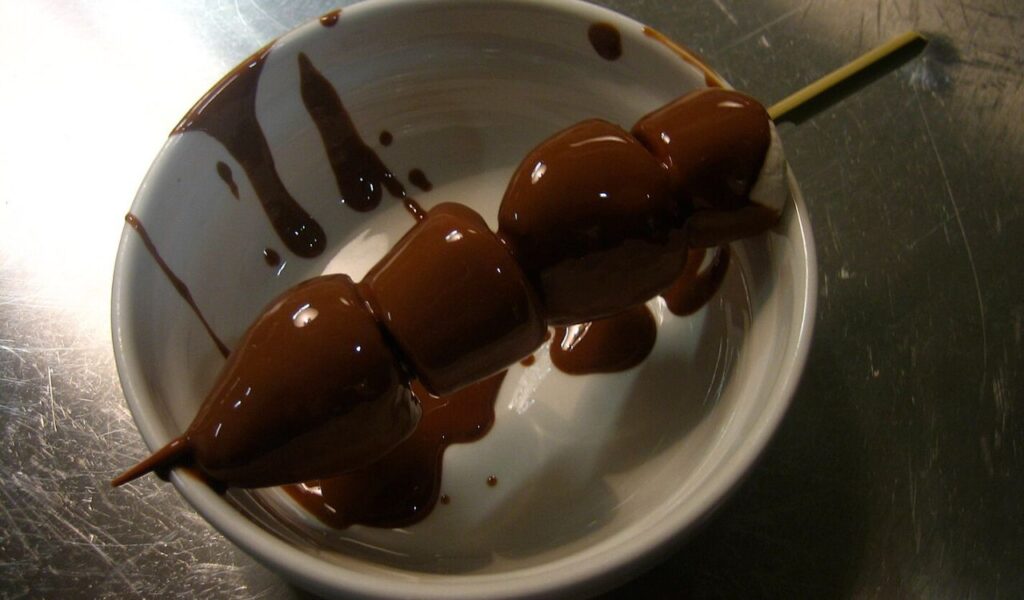
Chocolate-coated marshmallow bars combined two sweet textures into one irresistible treat. They’re high in sugar and often contain processed fats, with little nutritional value beyond calories. Their novelty is in the contrast of soft marshmallow and firm chocolate shell, making them a crowd-pleaser at parties and school events. For a more balanced treat, try dark chocolate-dipped fruit or small portions of chocolate with nuts, which add antioxidants and healthy fats.
12. Neon-Colored Soda and Flavored Drinks
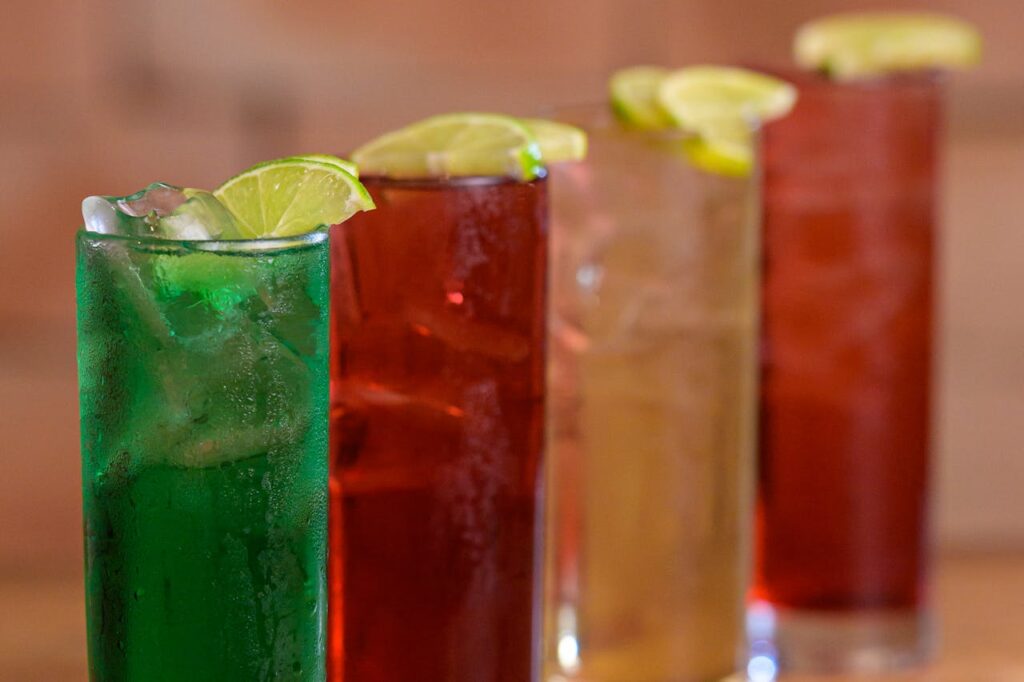
Bright sodas and powdered drink mixes were childhood staples at celebrations and playdates. They are loaded with sugar or sweeteners and offer no hydration benefit beyond water. The acidity and sugar combination also harms tooth enamel and promotes frequent snacking. For a fun swap, infuse water with slices of citrus, berries, or mint, or use unsweetened sparkling water with a splash of real fruit juice to mimic fizz without the sugar overload.
13. Candy-Coated Chocolate Candies
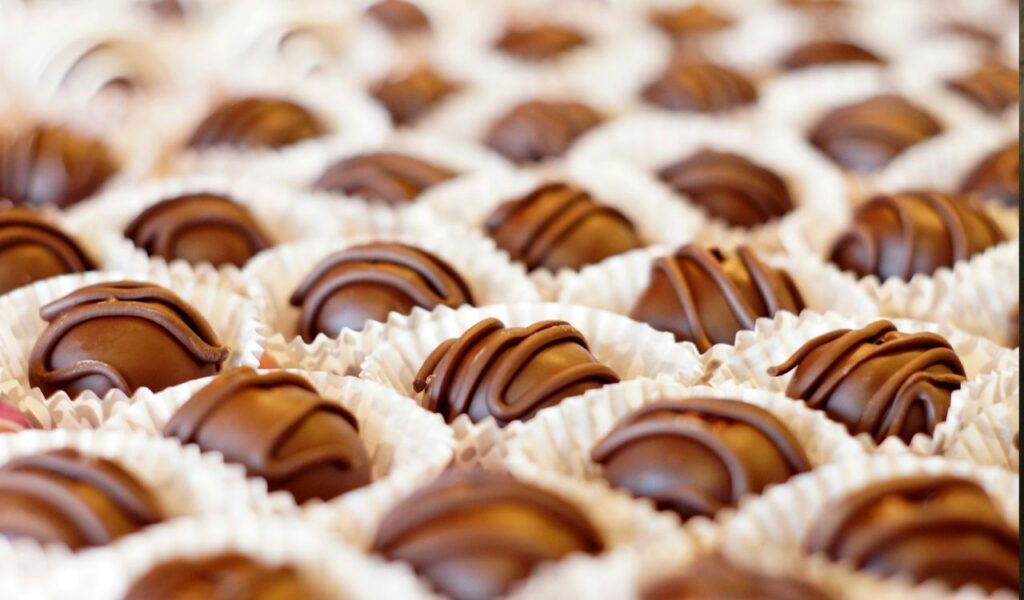
Candy-coated chocolates were easy to share, bright to look at, and fun to sort by color. Though a chocolate centre may provide a tiny antioxidant boost if dark, most of these candies are milk chocolate versions with lots of added sugar and little cocoa. The colourful shell adds food dye and extra sugar. Moderation is fine, but consider dark chocolate nibs or a small portion of high-quality chocolate when you want a treat with more flavor and less sugar per bite.
14. Pre-sweetened Breakfast Cereals (as Snacks)
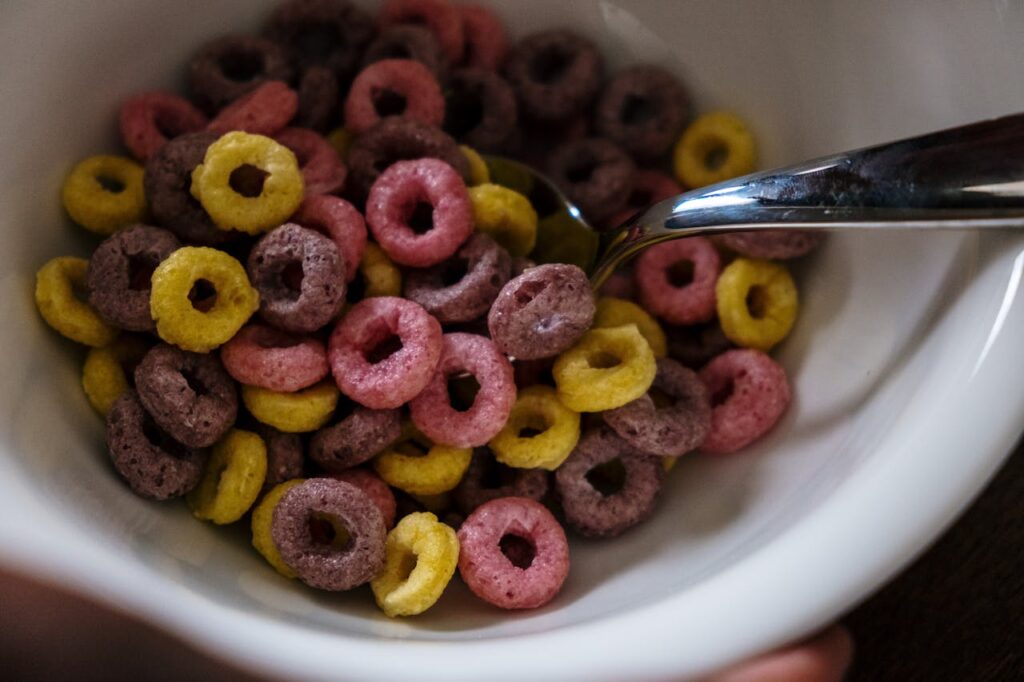
TreatsMany kids treated sweetened breakfast cereals like crunchy snacks throughout the day. While marketed as breakfast, these cereals are often high in sugar and low in fiber, not ideal for snacking. Eating them dry encourages munching without the balancing effects of protein or fat. To keep the crunchy ritual, opt for whole-grain cereals with lower sugar content, or offer mixed nuts and unsweetened cereal combos to add protein, fiber, and better satiety.
15. Foil-Wrapped Chocolate Coins and Pocket
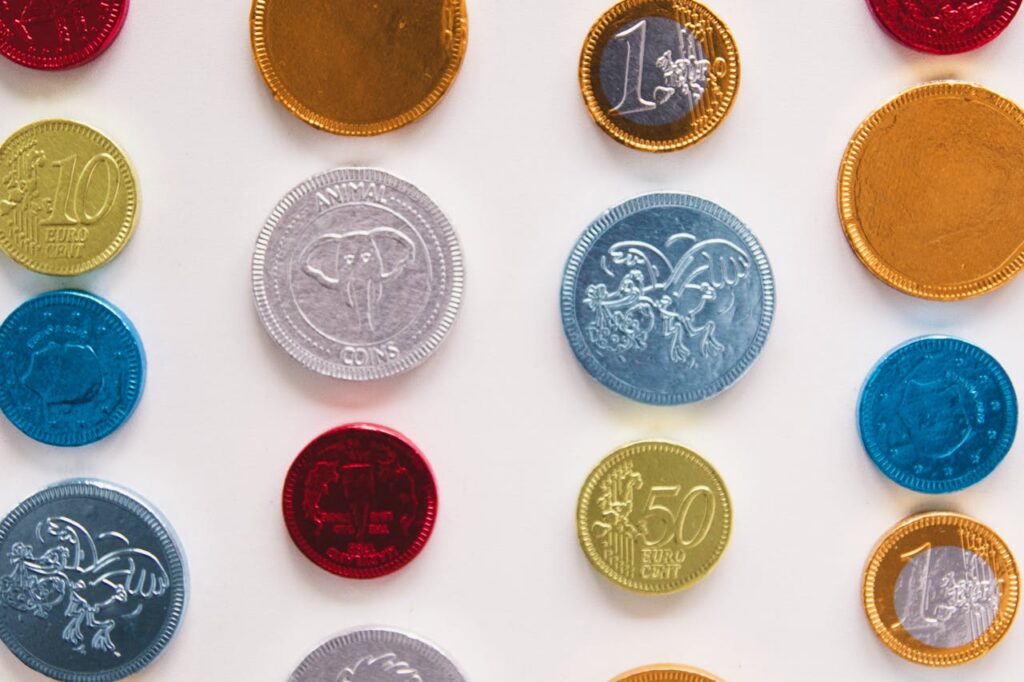
Small chocolate coins and pocket-sized foil-wrapped candies were convenient for trick-or-treat hauls and party favors. They are easy to stash and nibble continuously, which can quietly rack up sugar intake. The novelty and presentation make them fun, but their tiny portions add up fast. Consider limiting portions, swapping in single-serve dark chocolate squares, or replacing some coins with small fruit or nut packs to keep celebration and sharing but improve nutritional value.
